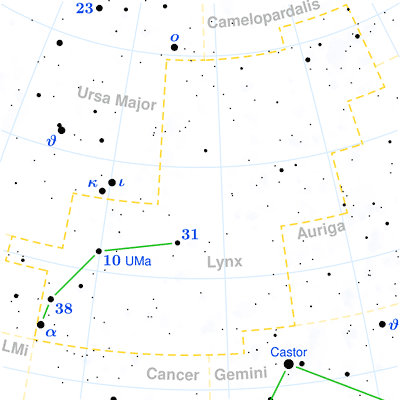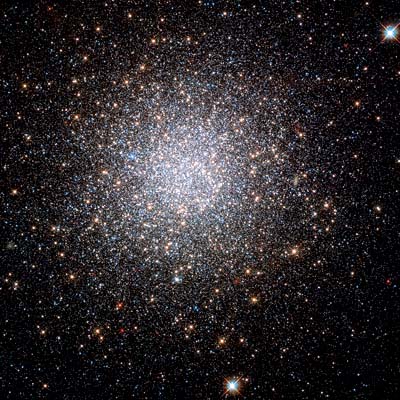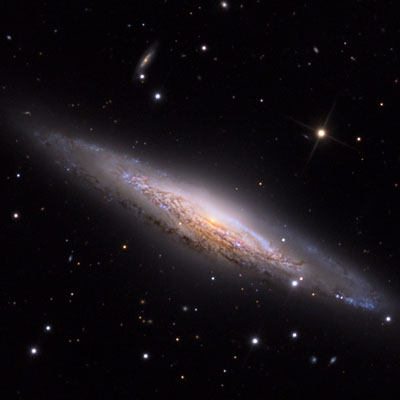Pronunciation:
(LINKS)Abbreviation:
LynGenitive:
LyncisRight Ascension:
8 hoursDeclination:
45 degreesArea in Square Degrees:
545Crosses Meridian:
9 PM, March 5Visible Between Latitudes:
90 and -35 degreesThe constellation Lynx, the lynx, can be seen in the northern hemisphere in February. It is visible at latitudes between 90 degrees and -55 degrees. It is a medium-sized constellation that covers an area of 545 square degrees. It ranks 28th in size among the 88 constellations in the night sky. It is bordered by Camelopardalis to the north, Auriga to the west, Gemini to the southwest, Cancer to the south, Leo to the east and Ursa Major to the northeast.
Lynx was created by the Polish astronomer Johannes Hevelius in the 17th century to fill a large gap between the constellations Auriga and Ursa Major. It was named Lynx because the stars were so dim one would have to have the eyes of a lynx to see them. Lynx appears as a dim, bumpy line running just north of Leo and Cancer. It is not known if Hevelius intended to associate any mythology with the constellation, but there is one story that could be linked to the name. A sailor named Lynceus, who sailed with Jason and the Argonauts, was said to have extremely keen eyesight. It was even said he could see things underground. He was part of the expedition to recover the legendary Golden Fleece.

points of interest below © Sea and Sky

© Torsten Bronger CC BY-SA 3.0
38 Lyncis
Alsciaukat
2 Lyncis
N/A
"The Thorn"
N/A
Binary Star System
Orange Giant Star
White Dwarf Star
3.82
4.25
4.45
Lynx is an extremely faint constellation with no stars brighter than magnitude 3. The brightest star in the constellation is Alpha Lyncis with a visual magnitude of only 3.14. It is a red giant star that has exhausted its supply of hydrogen and expanded in size as it burns heavier elements. It is located approximately 203 light years from Earth. 38 Lyncis is the second brightest star with a magnitude of 3.82. It is a binary star system that lies about 122 light years away. Alsciaukat is the third brightest star with a magnitude of only 4.25. It is an orange giant star located over 389 light years from our solar system.
Lynx contains no Messier objects but there are a few notable deep-sky objects worth mentioning. NGC 2419, also known as the Intergalactic Wanderer, is a globular star cluster containing thousands of individual stars. It received its name because when it was first discovered, it was believed that it was not in orbit around our Milky Way galaxy. This has since been proven false. The UFO Galaxy (NGC 2683) is a spiral galaxy seen edge-on from out line of sight. It resembles the shape of a classic flying saucer. The Bear’s Paw Galaxy (NGC 2537) is a compact dwarf galaxy that vaguely resembles the paw print of a bear. These objects are extremely dim and can only be seen with a large telescope.

© ESA/Hubble / CC BY 4.0

Lemmon SkyCenter/University of Arizona / CC BY 3.0



